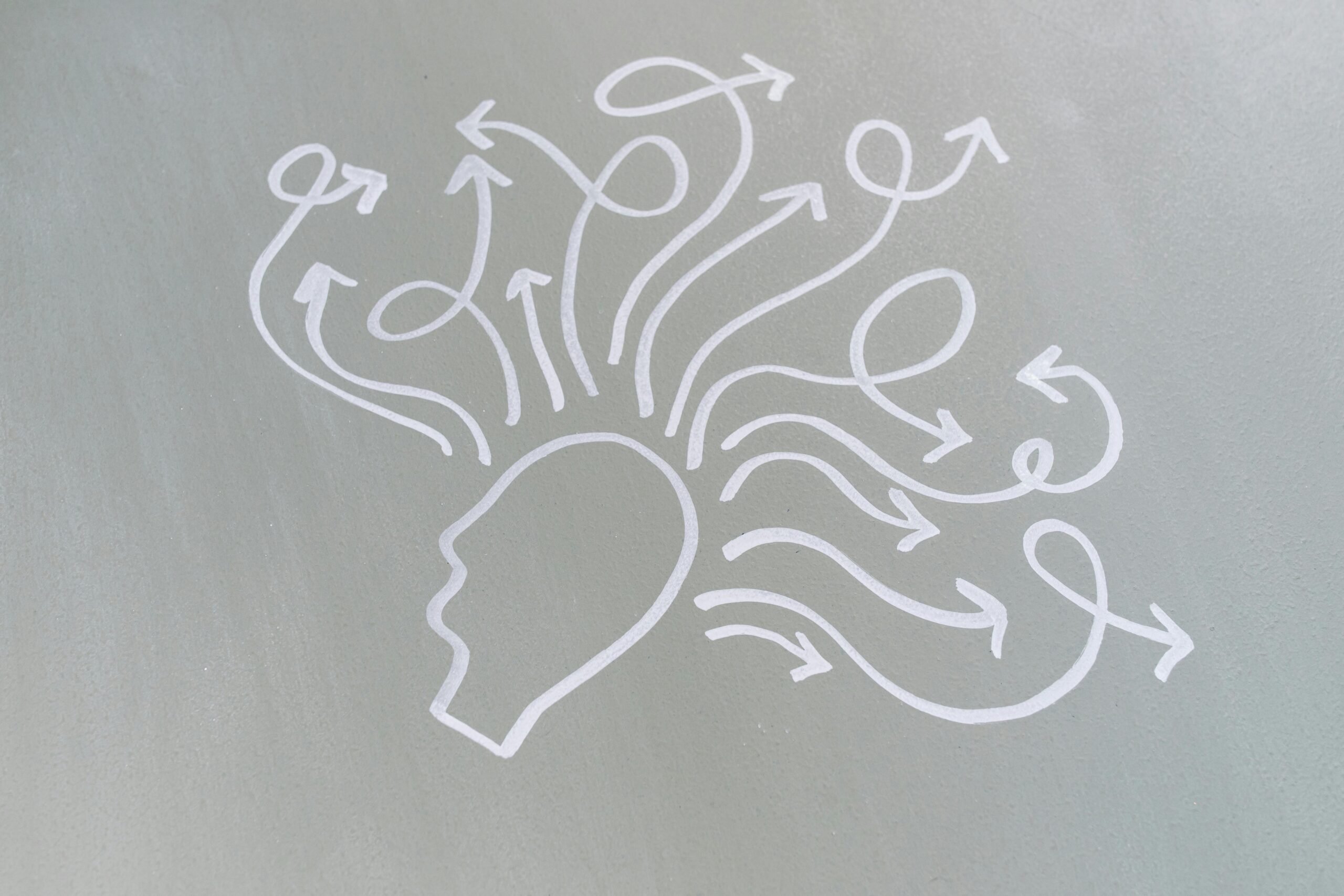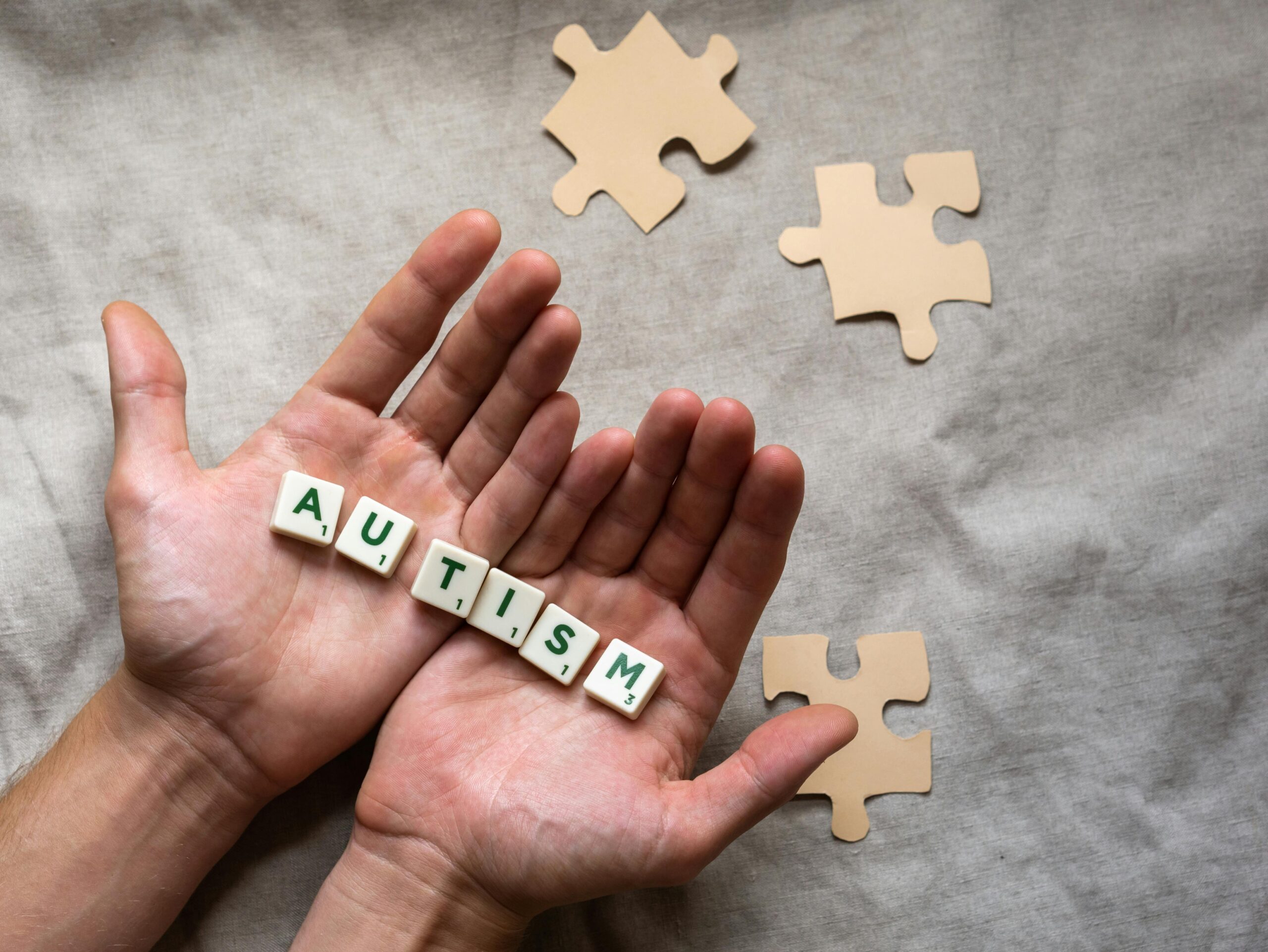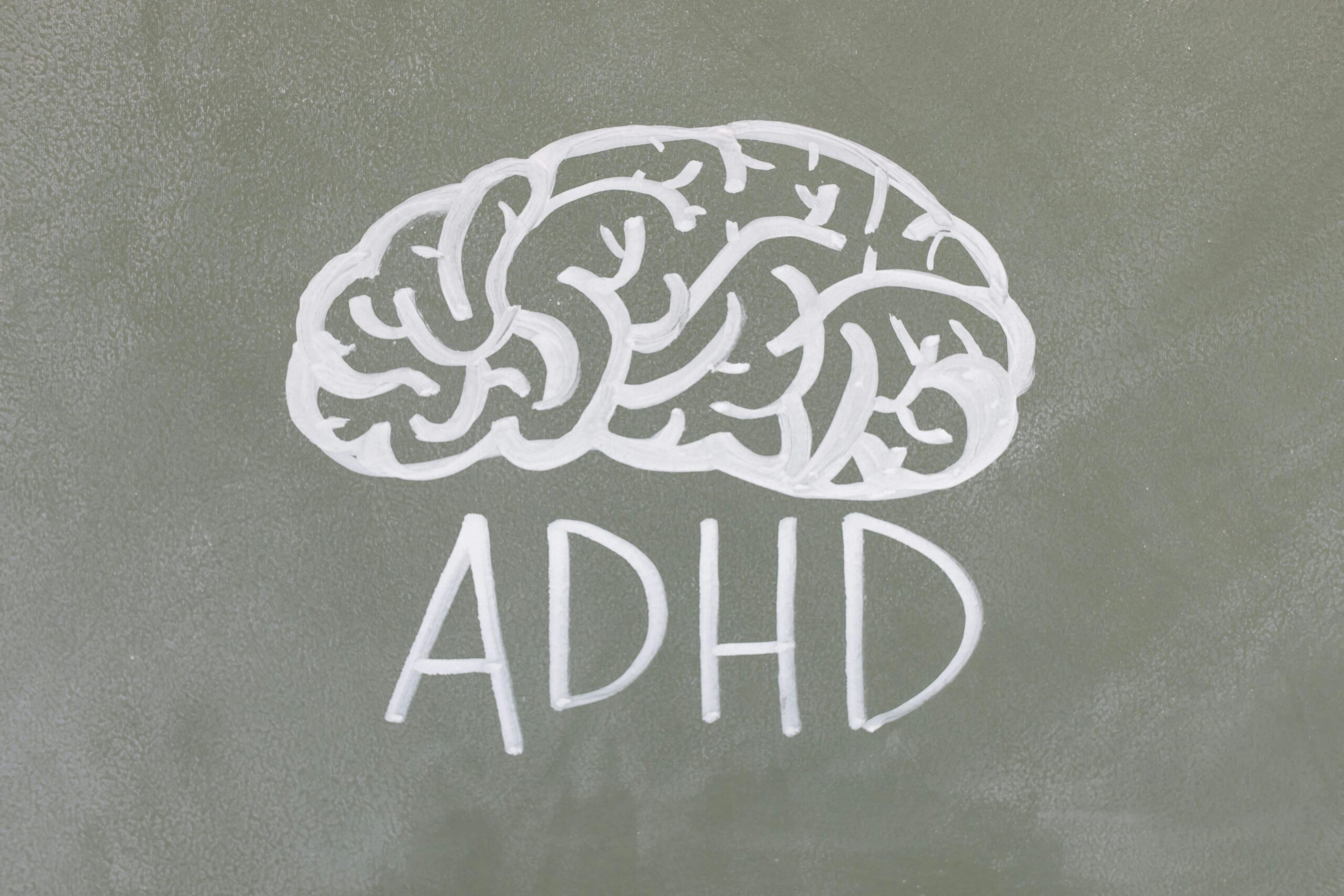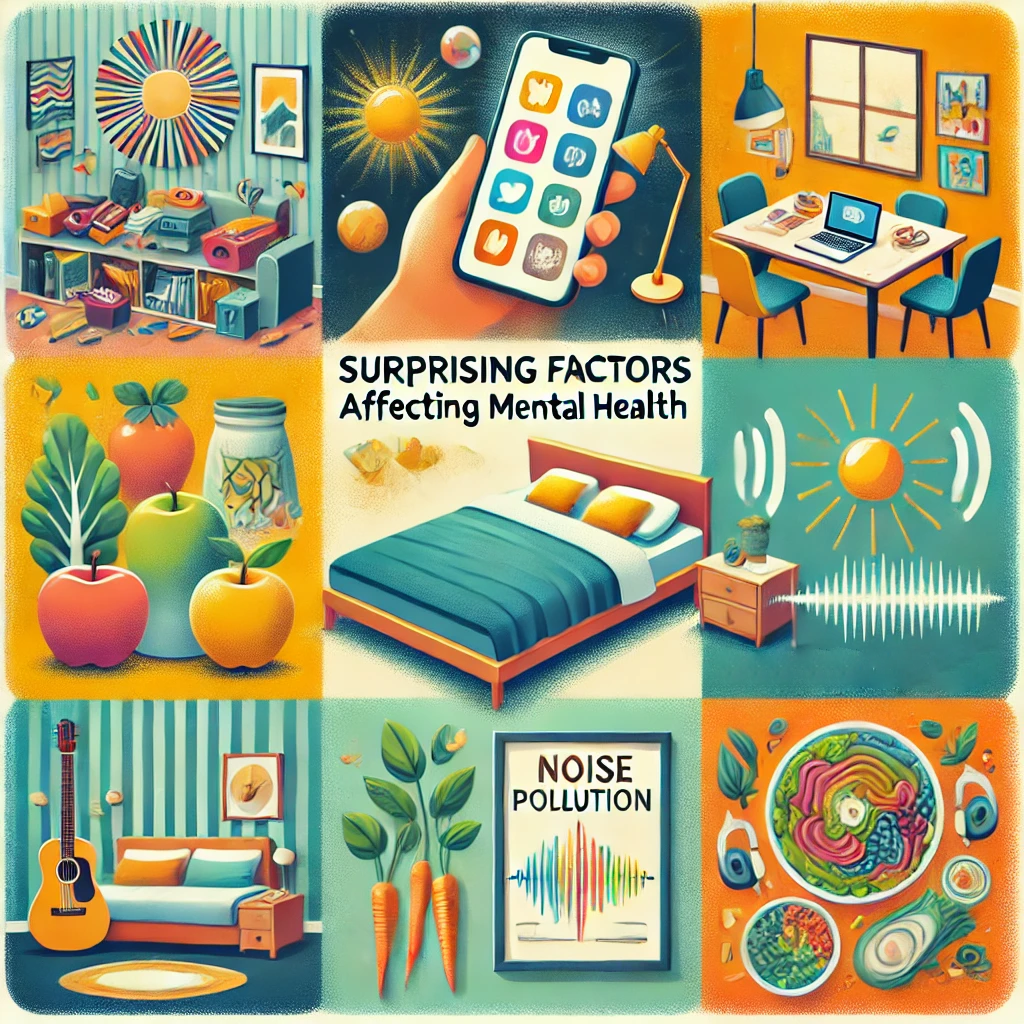Exploring Effective Therapeutic Approaches for Adults and Teens
Autism spectrum disorder (ASD) presents a unique set of challenges, particularly for adults and teens navigating daily life. The role of therapy in managing autism symptoms cannot be overstated, as it offers targeted strategies to help individuals develop social skills, regulate emotions, and improve daily functioning. At SF Stress & Anxiety Center, we specialize in providing evidence-based therapies that promote meaningful, lasting change for adults and teens with autism.
Therapeutic Approaches for Managing Autism Symptoms
Understanding the various therapies available is crucial to finding the right support. Below, we’ll discuss some of the most effective therapeutic approaches for managing autism symptoms, tailored for both adults and teens.
1. Cognitive Behavioral Therapy (CBT)
Cognitive Behavioral Therapy is a cornerstone in treating anxiety and stress, which often accompany autism. For individuals with ASD, CBT helps manage emotional regulation, improve communication skills, and reduce negative thought patterns. It’s particularly effective for adults and teens facing heightened anxiety, depression, or obsessive-compulsive behaviors.
At SF Stress & Anxiety Center, we use CBT to target the specific needs of each client, helping them identify and challenge unhelpful thinking patterns. Our team of experienced clinicians provides both in-person and online CBT sessions, ensuring therapy fits into your busy life.
2. Applied Behavior Analysis (ABA)
While ABA is widely known for helping children with autism, it also proves beneficial for teens and adults. This approach focuses on encouraging positive behaviors and reducing harmful or disruptive actions. ABA therapists often help individuals with autism develop essential life skills, such as organization, time management, and independent living skills.
Our specialists at SF Stress & Anxiety Center tailor ABA techniques to the specific developmental needs of teens and adults, empowering them to take control of their daily challenges and live more independently.
3. Mindfulness-Based Stress Reduction (MBSR)
Mindfulness-Based Stress Reduction is highly effective in helping individuals with ASD manage anxiety and emotional dysregulation. By focusing on present-moment awareness, individuals learn how to better control their responses to stressors. This practice not only reduces anxiety but also improves focus and emotional resilience, particularly for teens who may feel overwhelmed by school or social demands.
MBSR, offered through our evidence-based treatment programs, is a valuable addition to any therapy plan aimed at managing stress and anxiety in those with autism.
4. Social Skills Training
For many with autism, social interactions can feel daunting. Social Skills Training provides individuals with practical tools to improve their communication, understand social cues, and build meaningful relationships. This type of therapy is particularly impactful for teens and adults as they face complex social environments, whether at school, work, or in personal relationships.
Our expert clinicians are skilled in facilitating Social Skills Training for individuals with autism, offering both group and individual sessions. Clients gain confidence in navigating social situations and maintaining healthy relationships.
The Effectiveness of Therapy in Managing Autism Symptoms
Therapy can significantly improve the quality of life for adults and teens with autism. Through individualized, evidence-based treatment plans, therapy helps manage core symptoms of autism, including social communication difficulties, repetitive behaviors, and sensory sensitivities.
At SF Stress & Anxiety Center, we offer a personalized approach to therapy. We understand that every individual with autism is unique, and we strive to match our clients with the right clinician based on their specific needs. With our team of over 50 expert practitioners, we ensure you or your loved one receives tailored care that promotes lasting improvements.
Start Your Journey Toward Better Mental Health
Managing autism symptoms requires the right therapeutic approach. Whether through CBT, ABA, MBSR, or Social Skills Training, therapy plays a crucial role in helping individuals with autism lead fulfilling lives. At SF Stress & Anxiety Center, we’re here to support you every step of the way.
Ready to begin?
Schedule a free consultation today and let us help you or your loved one find lasting relief from the stress and anxiety related to autism. With convenient online and in-person options, our compassionate clinicians are ready to provide the specialized care you deserve.











